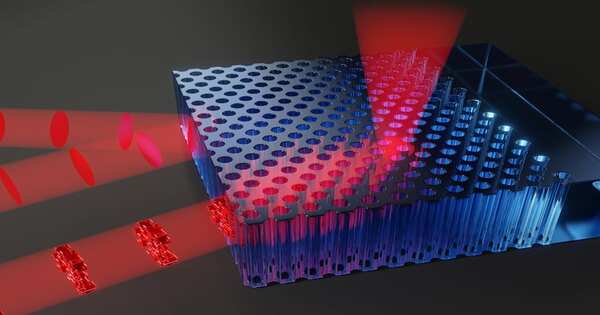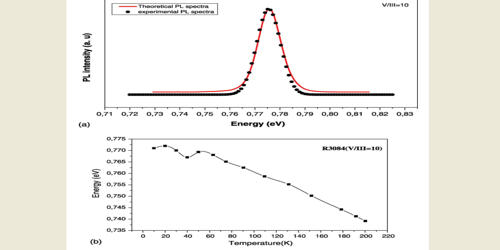A photonic crystal is an optical nanostructure with a periodically changing refractive index. It is a material structure whose dielectric characteristics vary periodically, affecting the transmission of electromagnetic waves, particularly light. This impacts light propagation in the same way that the structure of natural crystals causes X-ray diffraction and that semiconductors’ atomic lattices (crystal structure) affect electron conductivity.
Photonic crystals can be found in nature as structural coloring and animal reflectors, and they have the potential to be beneficial in a variety of applications when intentionally manufactured. These crystals can control the passage of light in the same way that semiconductor crystals do. They have a periodic arrangement of dielectric materials with varying refractive indices, which creates a band gap for certain wavelengths of light.
The periodicity of the structure generates constructive interference for certain wavelengths of light, allowing them to propagate through the crystal, while other wavelengths are prevented from propagating, resulting in a photonic band gap. This characteristic allows photonic crystals to manipulate the flow of light in ways that conventional materials cannot.
Photonic crystals can be produced in one, two, or three dimensions. One-dimensional photonic crystals can be formed by depositing thin film layers on top of each other. Two-dimensional ones can be created using photolithography or by drilling holes in an appropriate substrate. Three-dimensional fabrication methods include drilling at various angles, stacking numerous 2-D layers on top of each other, direct laser writing, and, for example, initiating self-assembly of spheres in a matrix and dissolving the spheres.
Applications
Photonic crystals offer a wide range of uses, including telecommunications, where they can manipulate light for optical fibers, sensors, lasers, and even photonic integrated circuits. They have various applications, such as optical computing, quantum optics, and photonic metamaterials. Their capacity to regulate light at the nanoscale makes them a fascinating field of study for developing new technologies.
















